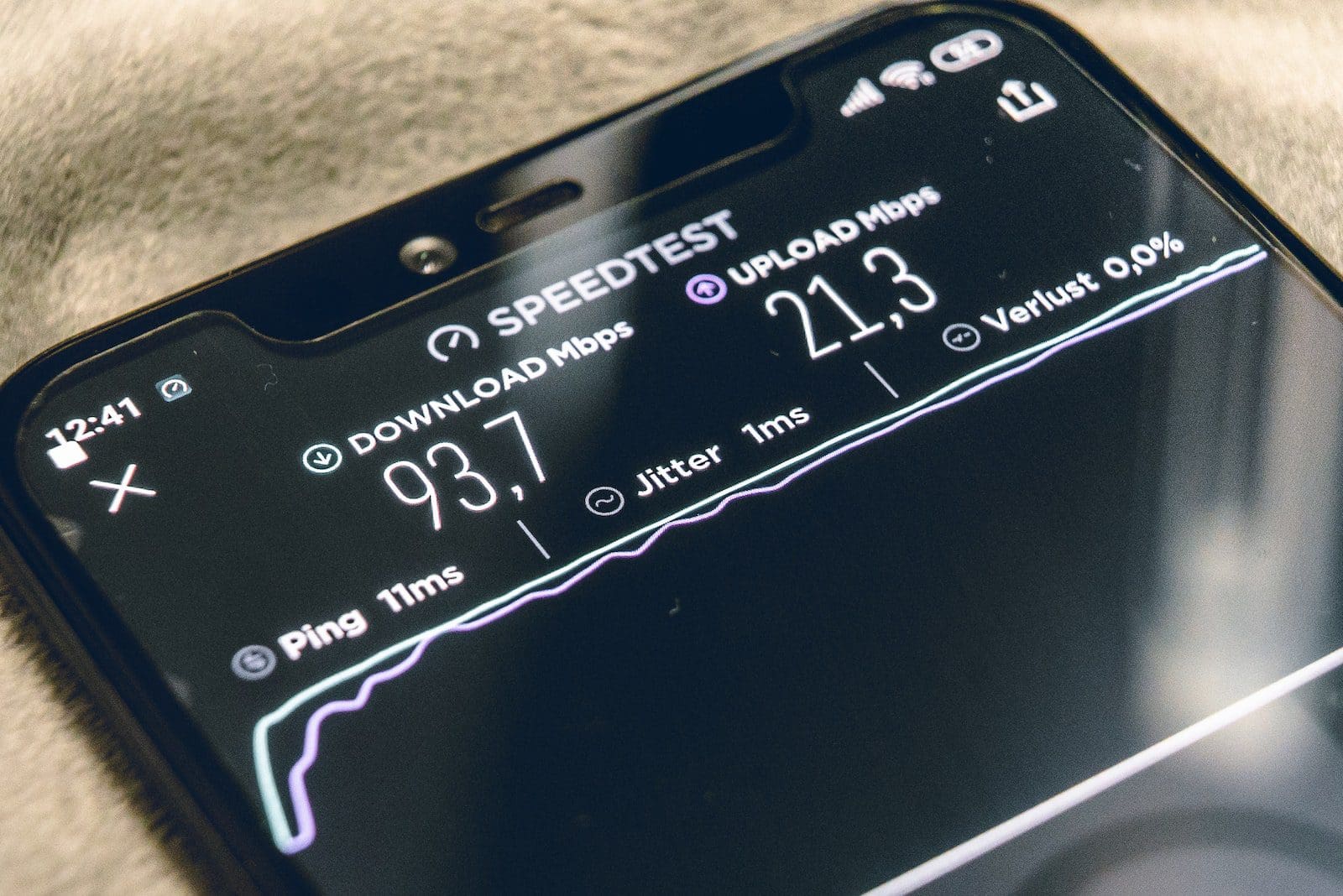The third generation of cell phone technology is referred to as 3G. Rather than being a single standard, 3G is a set of innovations that provide the same quality of service.
HSDPA has no new functionality compared to 3G, but it provides a quicker link. In comparison to older 3G systems, HSDPA has lower latency.
Key Takeaways
- 3G is a third-generation mobile network technology that provides faster data transfer speeds and improved network capacity compared to previous generations. At the same time, HSDPA is a high-speed data transmission protocol used within 3G networks to provide even faster data transfer speeds.
- 3G networks provide data transfer speeds of up to 2 Mbps, while HSDPA can provide data transfer speeds of up to 14 Mbps.
- 3G is an established technology widely available, while HSDPA is a newer technology still being rolled out in many areas.
3G vs HSDPA
3G is the third generation of wireless mobile telecommunications technology, providing a peak data transfer rate of 384 Kbps. HSDPA, which stands for High-Speed Downlink Packet Access, is an upgrade to 3G that provides significantly faster data transfer speeds, with a peak rate of up to 14.4 Mbps.

Third-generation cell phone systems are referred to as 3G. Since the older 2G version of the internet could not provide a good link for certain phones and various internet activities on those phones, 3G was created.
3G offers a faster internet service that can be used for video calls, voice messages, and other tasks that necessitate a strong internet connection.
On the other hand, HSDPA stands for High-Speed Downlink Packet Access. As the name suggests, it is combined with 3G to provide better and quicker internet service.
HSDPA was designed to boost internet connections by making them quicker since many people are now using 3G. Though 3G has more functionality, HSDPA is only intended to improve and develop 3G’s internet connection.
Comparison Table
| Parameters of Comparison | 3G | HSDPA |
|---|---|---|
| Mobile Communication | 3G refers to a collection of mobile networking technologies. | HSDPA is a 3G technology extension that allows for higher speeds. |
| Price | It might be costly for everyone to use in their day to day lives. | Upgrades to existing 3G networks with HSDPA are relatively simple and inexpensive. |
| Latency | There might be latency issues in a device that runs on a 3G network. | In comparison to the older 3G technology, HSDPA has a lower latency. |
| Development and Support | More devices support 3G network these days. | In case of HSDPA, the number of devices that support it is quite less when compared to 3G. |
| Features introduced | It was 3G that introduced that introduced the feature of face to face calling(video calling) and online television. | HSDPA is just and extension to 3G and didn’t introduce any major feature. |
What is 3G?
The term “3G” clearly refers to third-generation cell phone technology as a whole. Since the older 2G version of the internet could not provide a good link for certain phones and various internet activities on those phones, 3G was developed.
3G has a faster internet service that can be used for video calls, sending voice messages, and other tasks that necessitate a strong internet connection.
Video calling and seamless video streaming became possible with the introduction of the 3G network, which included download speeds of up to 3.1Mbps. The majority of phones, on the other hand, are configured to support 3G, with only a few supporting HSDPA.
Apart from having a much faster download rate than EDGE and GPRS, it has added features like video calling and effective video streaming.
In 1998, 3rd generation networks were introduced, with releases such as 3.5G and 3.7G, which are similar to the frequency bands of 3G and were introduced later.

What is HSDPA?
HSDPA stands for High-Speed Downlink Packet Access. It is used in conjunction with 3G to provide a better and quicker internet connection. HSDPA was created to boost internet access by making it quicker, as many people are now using 3G.
Though 3G provides more features, HSDPA is only intended to improve and develop 3G’s internet connection.
However, the majority of phones are made to help 3G, with only a few supporting HSDPA. It is built on top of the 3G network and is a 3G upgrade. As a result, it has a higher download speed, which can reach 14Mbps. 3.5G is a brand name for HSDPA.
HSDPA has no new functionality as 3G does, but it has a quicker link than 3G. In comparison to older 3G systems, HSDPA has a lower latency.
HSDPA is an expansion of 3G technology that provides faster speeds. 3G is a class of mobile networking techniques, and HSDPA is an extension of 3G technologies that provide faster speeds.
3G introduced new services like video messaging and internet television. In comparison to 3G, upgrading to HSDPA is both simple and inexpensive.

Main Differences Between 3G and HSDPA
- 3G refers to a collection of mobile networking technologies, whereas HSDPA is a 3G technology extension that allows for higher speeds.
- 3G might be costly for everyone to use in their day-to-day lives. On the other hand, Upgrades to existing 3G networks with HSDPA are relatively simple and inexpensive.
- There might be latency issues in a device that runs on a 3G network. In comparison to the older 3G technology, HSDPA has a lower latency.
- More devices support the 3G network these days, whereas, in the case of HSDPA, the number of devices supporting it is quite less compared to 3G.
- It was 3G that introduced the feature of face-to-face calling(video calling) and online television. On the other hand, HSDPA is just an extension to 3G and didn’t introduce any major features.




